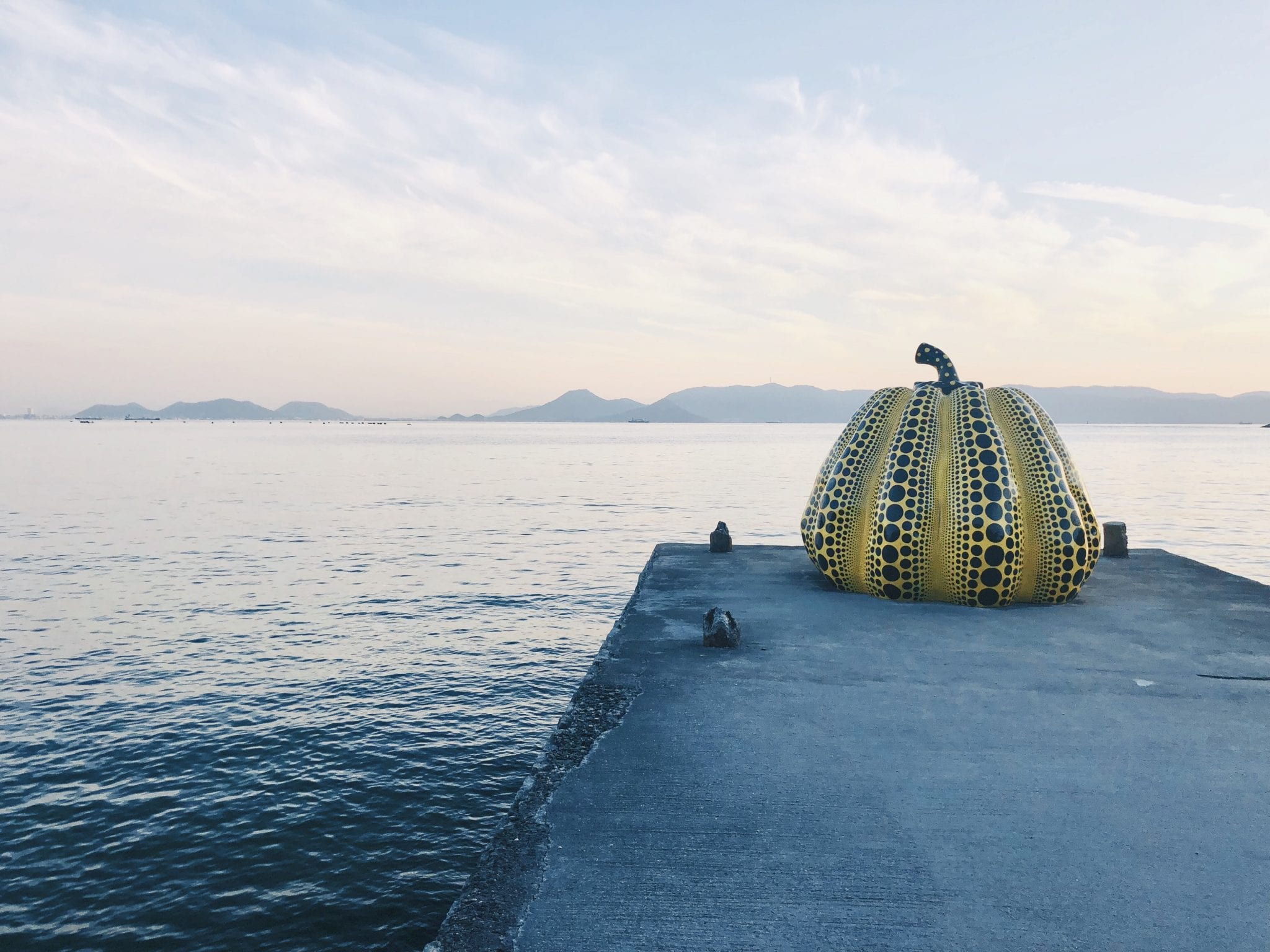Japan's Naoshima Island: A Portrait of Possibility for Art Tourism

Skift Take
Ever since Naoshima, Japan, became home to a number of contemporary art museums, sculptures, and installations, the island's identity as an "art island" has become intertwined with its history and culture. Naoshima now represents a way for other destinations to think about how tourism, and art tourism specifically, can be used to revitalize communities while preserving tradition and demonstrating respect to heritage.
When my trendy, graphic designer friend asked me if I wanted to check out Naoshima, Japan, I said “yes” without knowing where it was, what it was, or why we should go there. I’m always down for an adventure after all.
The Seto Inland Sea, also known as Setouchi, is a body of water in the southwestern half of Japan. Within this beautiful sea lies an island called Naoshima, which, up until the 1990s, no one really knew about. Nevertheless, today it’s popularly known amongst avid travelers as “the art island.”
The morning our adventure began, I woke up in Tokyo, one of the largest cities in the world as measured by population. I scrambled through Shibuya Crossing, which is one of the busiest intersections in the world, to catch an early train heading south. After three different trains, including one high-speed bullet train known as a “Shinkansen,” and a ferry ride, I found myself pulling up to a strange, dreamy island, looking part industrial, part beautifully curated, and part wistfully desolate. I wasn’t in Tokyo anymore.
Naoshima is a 5.5 square mile island that was historically a fisherman village but is now home to a Mitsubishi smelter and refinery, the island’s primary employer, as well as numerous contemporary art installations, sculptures, and museums. As the resident population has been declining, Naoshima has seen a dramatic increase in tourism due to wealthy travelers flocking to the island to check out its world-renowned art exhibits and installations. Naoshima may have been developed into a perfectly contained and curated destination for contemporary art tourism, but the island still feels somewhat like a time capsule holding remnants of its history and culture.
[caption id="attachment_312686" align="alignnone" width="600"] Arriving at Miyanoura Port, Naoshima looks beautifully curated, rather industrial, and somewhat isolated.[/caption]
[caption id="attachment_312687" align="alignnone" width="600"] Hanging out in Sou Fujimoto’s "Naoshima Pavilion" in Naoshima’s Miyanoura Port area while waiting for the bus to our guesthouse in Honmura, on the other side of the island.[/caption]
Of course, Naoshima is still navigating that delicate balance of maintaining tradition versus accepting modernity. The sleepiness of its residents, cafes, restaurants, and guesthouses and the eerie quiet of the coastline at nighttime both spoke to the island’s history in a way that can really only be felt rather than explained.
